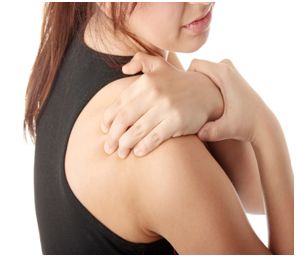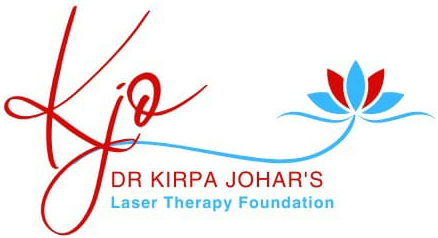Shoulder Pain
What most people call the shoulder is really several joints that combine with tendons and muscles to allow a wide range of motion in the arm — from scratching your back to throwing the perfect pitch.
Shoulder pain includes any pain that arises in or around your shoulder. Shoulder pain may originate in the joint itself, or from any of the many surrounding muscles, ligaments or tendons.
Shoulder pain usually worsens with activities or movement of your arm or shoulder.
The shoulder area is so essential for completing daily activities that it makes sense that the shoulder pain injury should be taken seriously and treated to avoid worsening your condition.

Symptoms
It includes a decreased ability to hold objects, decreased functioning of the arm, shoulder pain that persists even while at rest, shoulder pain that lasts more than a day or two, and unusual twinges or aches in the shoulder area.
Causes of Shoulder Pain
Most shoulder pain is caused by one of the following categories:
- Rotator Cuff
- Bursitis Shoulder
- Shoulder Dislocation (Instability)
- Frozen Shoulder
- Fractures
- Shoulder Arthritis
Treatment
Activity Changes
Treatment generally involves rest, altering your activities, and physical therapy to help you improve shoulder strength and flexibility.
Medications
Analgesic and anti-inflammatory drugs to reduce inflammation and pain.
Surgery
90 percent of patients with shoulder pain will respond to simple treatment methods such as altering activities, rest, exercise, and medication.
Certain types of shoulder problems, such as recurring dislocations and some rotator cuff tears, may not benefit from exercise. In these cases, surgery may be recommended fairly early.
Low Level Laser Therapy Treatment for Shoulder Pain
Low Level Laser Therapy (LLLT) is the application of red and near infrared light over injuries to stimulate cellular repair. LLLT has been useful in the treatment of both acute and chronic shoulder pain.
Low level laser therapy has been hypothesized to
- Accelerate tissue repair
- Improve microcirculation
- Generate anti inflammatory effects
- Analgesic effect
Once normal immune processes are restored, the excessive inflammation is reduced and healing can begin.You will be encouraged to move the affected area within range of movement/pain but not exert stretch or force during the healing phase.
The end result is resolution of inflammation and restoration of healthy tendons and local soft tissues. Once tissues are healed, pain is eliminated and normal range of motion and function is restored. Then muscle and tendon strength and flexibility can be addressed with graduated exercises and stretching.
LLLT has no known side effects, is safe and effective.
